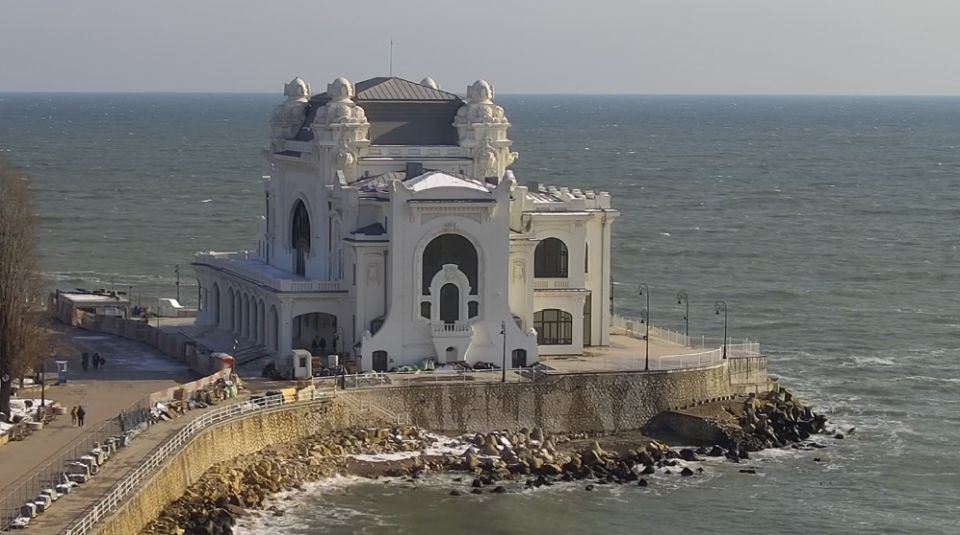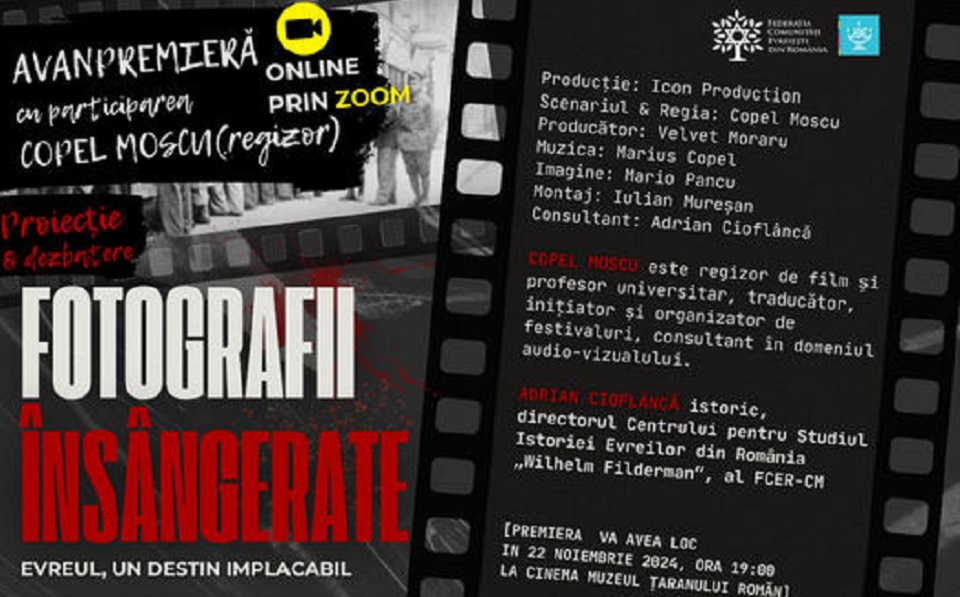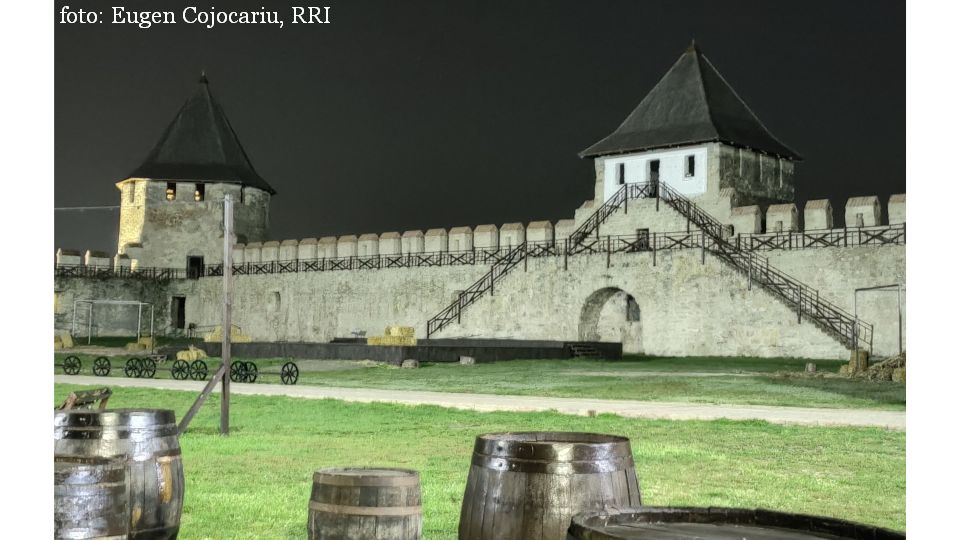Romanian architects in the Communist prisons
It is well known that in the first two decades after it was instated, the Communist regime tried to destroy the elites by throwing them into prison, eliminating them directly or discrediting them. Among the intellectuals that had this horrid fate were als

Christine Leșcu, 26.10.2013, 14:14
Recently the architect Vlad Mitric-Ciupe has done research related to these architects’ cases for his doctoral thesis and has identified 100 architects who were detained in the Communist prisons. The young researcher analyzed in detail 75 such cases of valuable architects like George Matei Cantacuzino, Stefan Bals, Constantin Iotzu, Constantin Joja and I.D.Enescu.
Here is Vlad Mitric-Ciupe: “Of the cases that I have identified and documented, 70% were architects-diplomats but there were also many cases of students in architecture who were arrested and sentenced to prison and who finished their studies many years after being released from prison. There are also several cases of pupils who were imprisoned for political reasons and who, later, when they were allowed to go to university, chose architecture. Although the Communist regime did not make any difference between those interned for administrative reasons and those sentenced to prison by a Court, their numbers are almost equal. The administrative detainee category included architects who, for one reason or another, were said to belong to hostile classes or categories that needed be eliminated. The inquires were very tough and some took as long as 2 years, which actually meant detainment.” But what were the charges brought against these people?
Vlad Mitric-Ciupe: “If we look at the legal classification of the crimes or offences perpetrated by the detainees, we can see that most of them were charged with involvement in subversive organizations. Under this charge, the Communists could cram all sorts of issues: from printing manifestos that urged people to show solidarity with the events happening in Hungary in 1956, to membership to various paramilitary organizations that wanted to change the state order. There were also charges of failure to report crime or illegal attempts to cross the border.”
There were also architects who were sentenced for being members or supporters of the former political parties or of the Antonescu regime. Other architects such as Emanoil Mihailescu, were convicted for their spiritual preoccupations as members of the “Burning Pyre” orthodox group. Imprisoned for political reasons while he was studying architecture between 1958 and 1963, Emanoil Mihailescu still has strong memories about those times:
Vlad Mitric-Ciupe: “Prisons were not a place for leisure and rest. Only a fool can think that. Today detainees can receive packages from home, have the right to talk to their relatives and to also wear normal clothes. But imagine the prison in Jilava, with three rows of bunk beds, with one single tank serving as toilet, with miserable food, with inmates living in permanent terror as they were being watched through the peephole. We used to be punished for any minor thing. Because I wore glasses I was a suspect from the very beginning, an enemy of the working class. They treated us badly and I wondered how they could beat up someone whom they had never seen before in their lives.”
Despite the inhuman conditions in the Communist prisons Emanoil Mihailescu confesses that detention was also a period of intense spiritual experiences and intellectual friendships, a feeling shared by many other survivors of those terrifying times.






























